Here’s what you can do to detect AI-generated content.
AI detection tools exist
There are several tools available to the public that can detect text generated by large language models (LLM) — the more formal name for chatbots like ChatGPT.

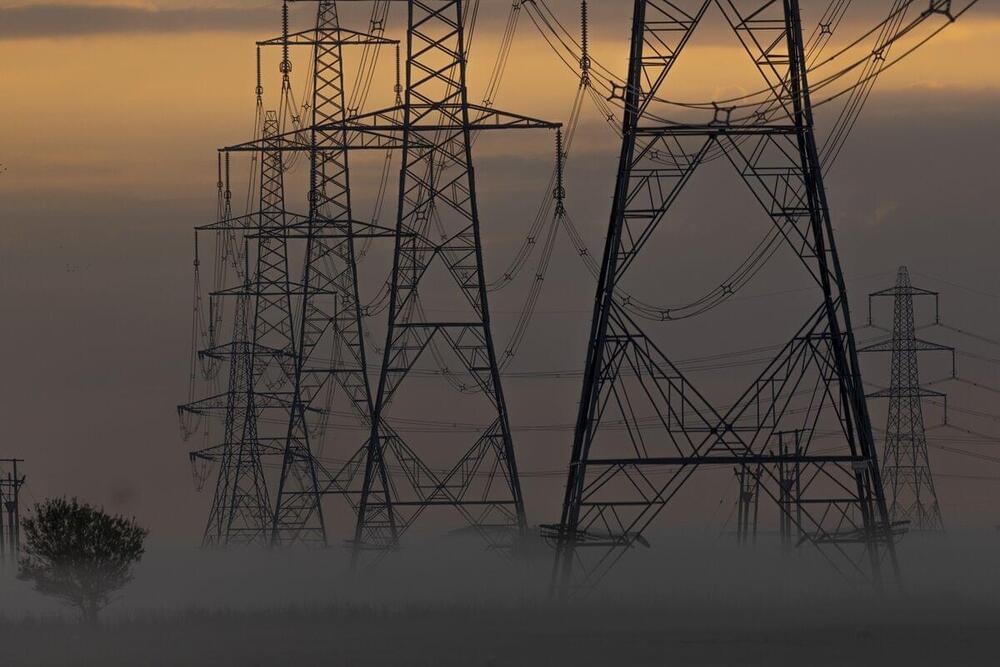
A recent scientific breakthrough could see electricity being generated using nothing but the atmosphere, with perhaps a little added hydrogen.
The process involves an enzyme made by bacteria to help them grow and survive in environments including volcanic craters and Antarctica. The enzyme, called Huc, has been found to produce a small electrical current by consuming hydrogen in the air as a source of energy, researchers said in a paper published Wednesday in scientific journal Nature.

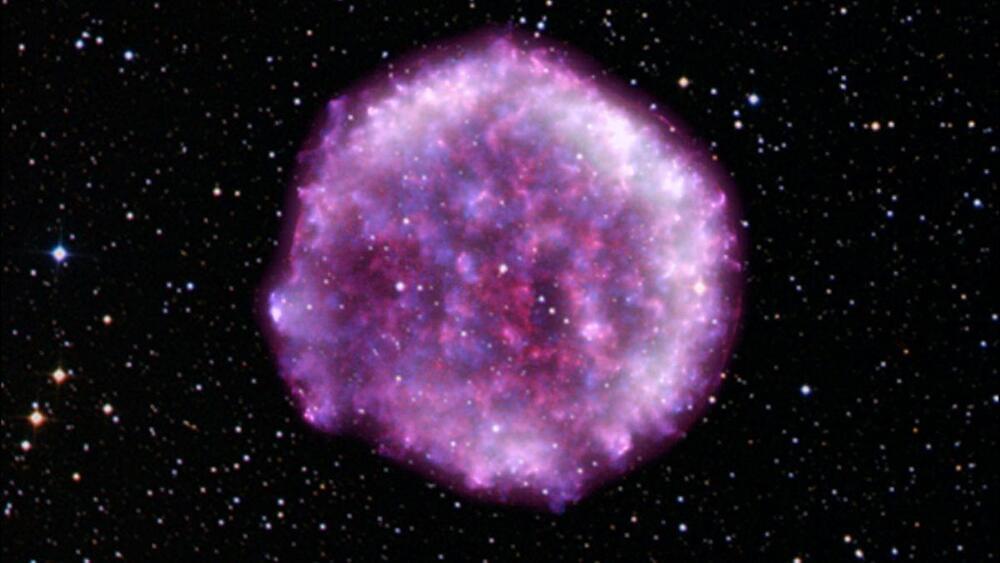
In the Saudi Arabian desert, the Al Naslaa rock formation looks completely unnatural. Its perfectly vertical split remains a mystery.
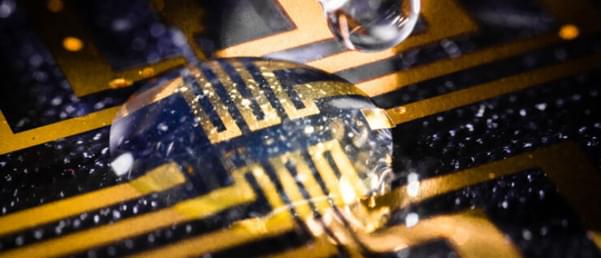
A new study has taken ‘biotechnology’ to a whole new level. Researchers have developed a gel that facilitates electrode growth in zebrafish and medicinal leech tissues.
Researchers from Linköping, Lund and Gothenburg universities (all Sweden) have developed a gel that becomes electrically conductive when injected into tissue, relying on molecules found in the body to trigger conductivity. This could lead to the development of further human–machine integrations that can help us understand complex biological functions and fight disease.
Previously, combining bioelectronics with living organisms’ signaling systems has been difficult and often relied on external signals, such as light or electrical energy. The current study’s bioelectronic gel bypasses these issues by being flexible and soft enough to interact with tissues while remaining sturdy enough to be injectable; additionally, the gel requires no external signals to become electrically conductive. Instead, the body’s endogenous molecular signals are enough for activation.
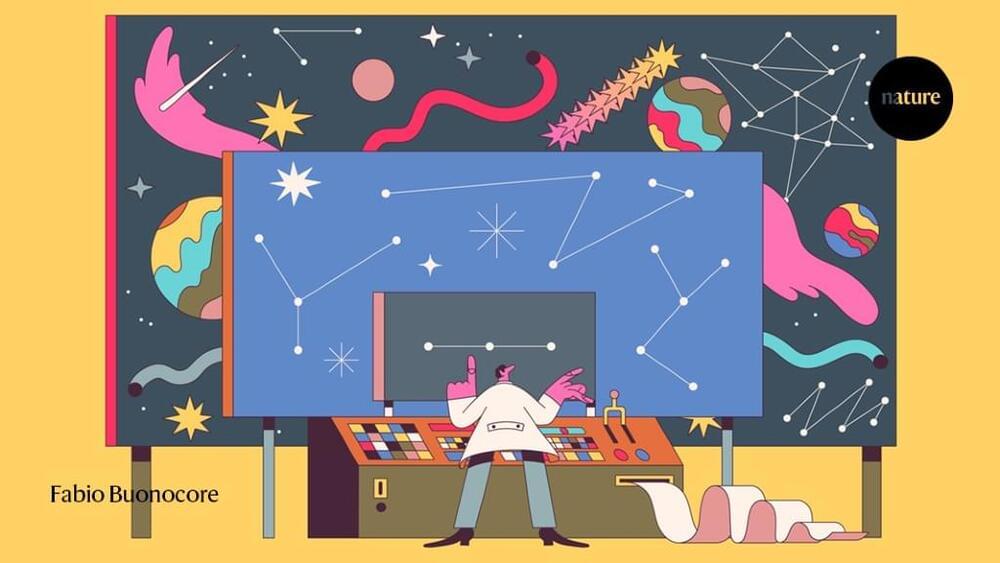

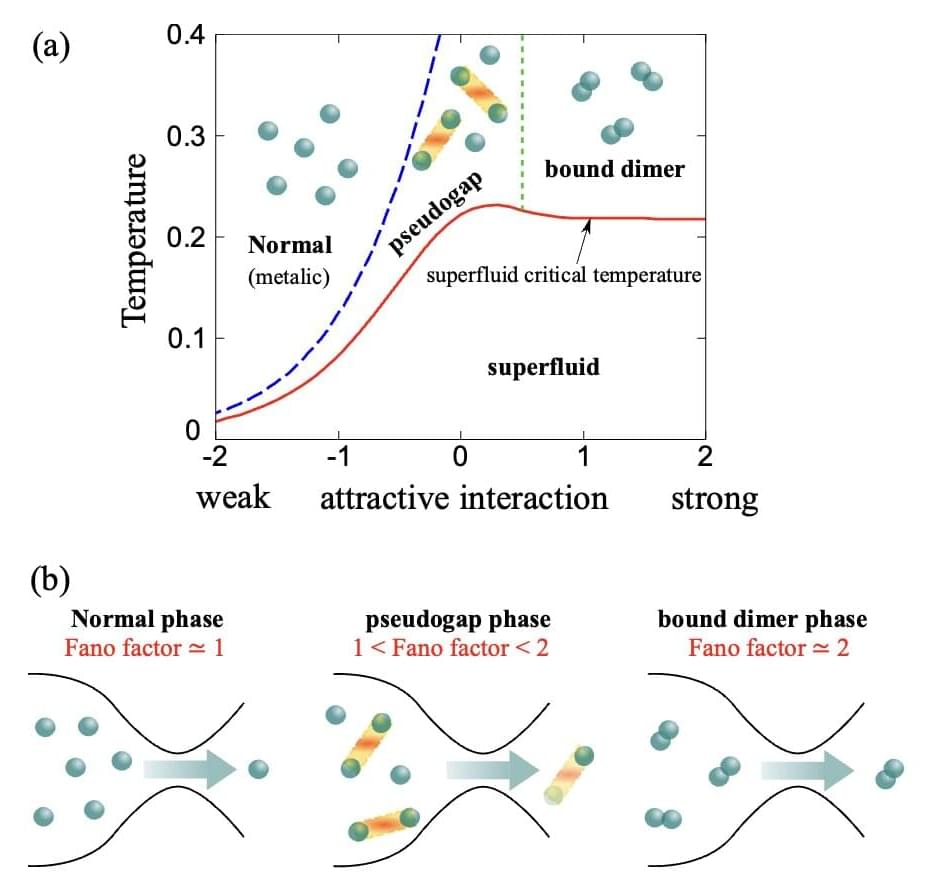
If you cool down low-density atomic gas to ultralow temperatures (−273°C), you get a new state of matter called the Bose-Einstein Condensate (BEC). A BEC has strongly coupled two-atom molecules behaving like a collective wave following quantum mechanics. If you reduce the pairing strength between them—for example, by increasing the magnetic field—the atoms form Cooper pairs according to Bardeen-Cooper-Schrieffer (BCS) theory (which won a Nobel Prize).
The process is called BCS-BEC crossover. And the theory forms the basis of superfluids and superconductors, materials that do not display viscosity or electrical resistance. Hiroyuki Tajima and his team from the University of Tokyo proposed a new method to distinguish current carriers in the BCS-BEC crossover. The key is in the fluctuations of current.
Electronic devices display images thanks to electrons moving in a conductor—aka single-particle current. Your device may heat up due to the resistance caused by collisions of electrons in the conductor that dissipate electric energy as heat. But superconductors show zero resistance to current flow, saving lots of energy. This is possible because of paired electrons, which would have otherwise repelled each other due to their negative charge. In other words, the current in superconductors is mainly due to the pair-tunneling transport involving moving paired-current carriers rather than a single-particle current carrier.

The researchers used instruments known as optical traps to throw and catch individual atoms. Scientists have created what they describe as “the world’s smallest ball game with atoms”. Researchers in South Korea have made atoms – the smallest unit of matter – move like balls through the air using a technology known as optical traps.